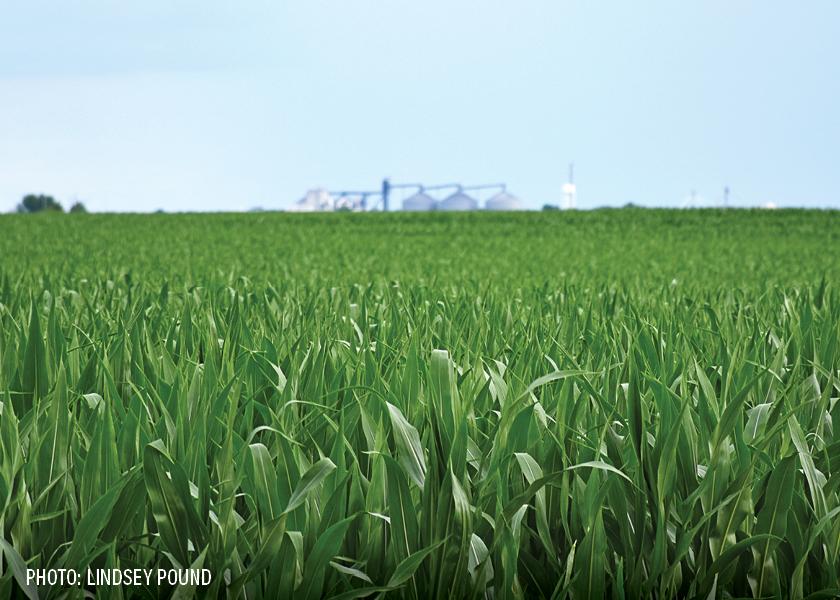Illinois Farmland Values Steady to Slightly Lower

“Stable to slight declines” is the call for Illinois farmland values during the first half of 2023. That’s from the Mid-Year Snapshot Land Values Survey sponsored by the Illinois Society of Professional Farm Managers and Rural Appraisers released August 30.
According to the survey results, prices paid for excellent- and good-quality farmland have been stable while average- and fair-quality land saw a slight decline of 2%. Of those responding to the survey 44% expect prices to remain the same for the balance of the year while 36% anticipate prices to drop between 1% and 3%. Only 13% look for values to increase — then by only 1% to 3%.
The survey was conducted by Dr. Gary Schnitkey, professor of farm management and Soybean Industry Chair in Agricultural Strategy at the University of Illinois. He is also the secretary/treasurer of the Illinois Society. Joining Schnitkey was Luke Worrell, AFM, ALC, Worrell Land Services, Jacksonville, IL, and Chair of the Society’s 2024 Land Values Conference.
Schnitkey explains that in a normal year, excellent quality farmland averages more than 220 bu. of corn per acre with a soil productivity index (PI) of 133 or higher. Good quality farmland averages between 200 and 220 bu. per acre, with a soil PI of 117-132. Average quality farmland averages between 180 and 200 bu. with a PI of 100-116 and no irrigation. Fair quality farmland averages below 180 bu. per acre with a PI under 100.
The stability of prices paid for the land will likely be short-lived, respondents indicate — 53% expect land values to drop over the next two years while 38% are optimistic prices will remain stable.
In the meantime, 63% expect interest rates will continue climbing from 0.25 percentage points to over 1.0 points. A third of respondents expect stable interest rates.
Sellers and buyers have changed little since the first of the year. Sellers of farmland were estate sales (67%); farmers (9%): local investors (8%); non-local investors (7%); and, institutions (5%). Of those buying farmland 65% were farmers; 16% were local investors; 10% were non-local investors; and, 7% were institutions.






